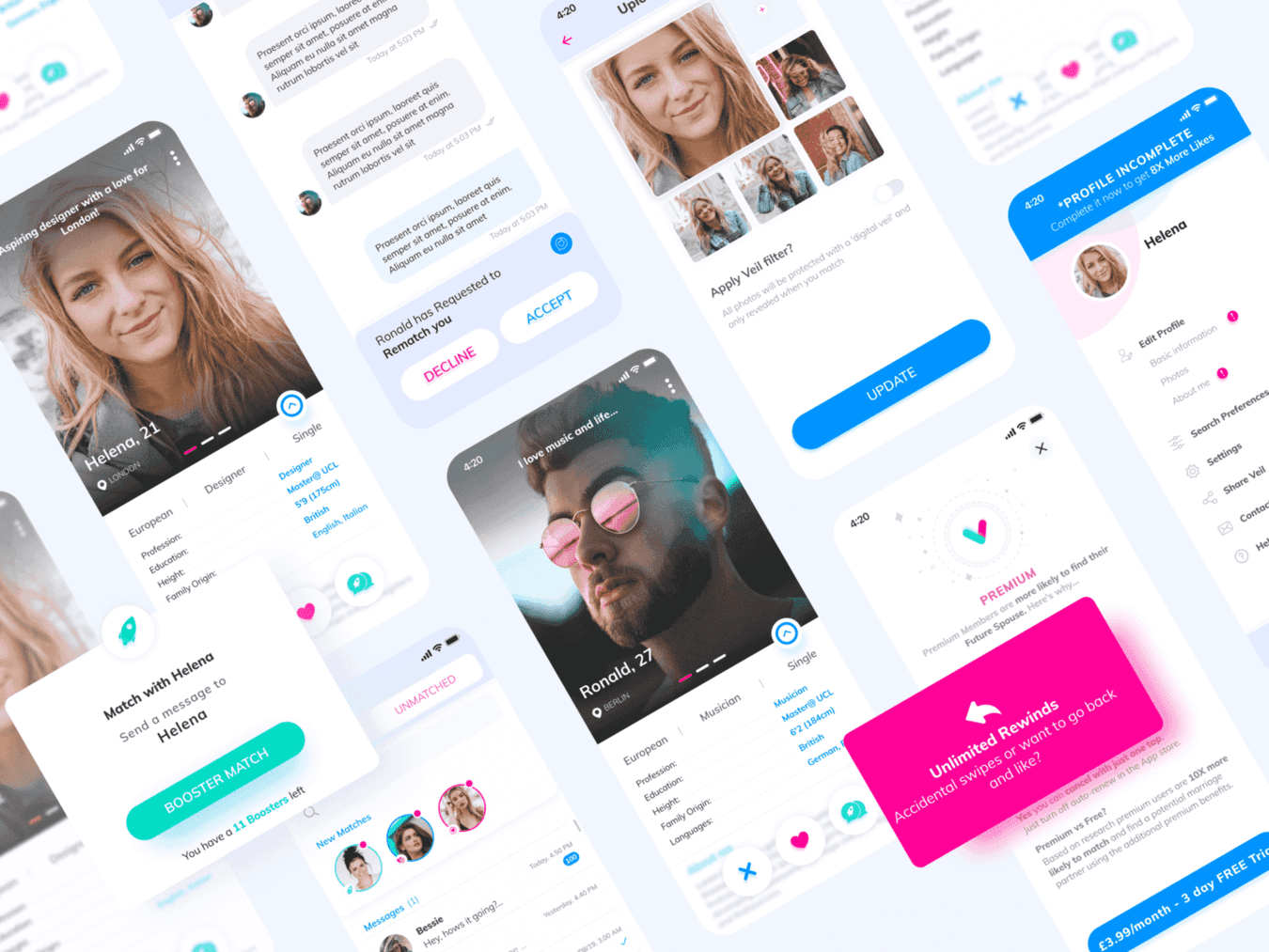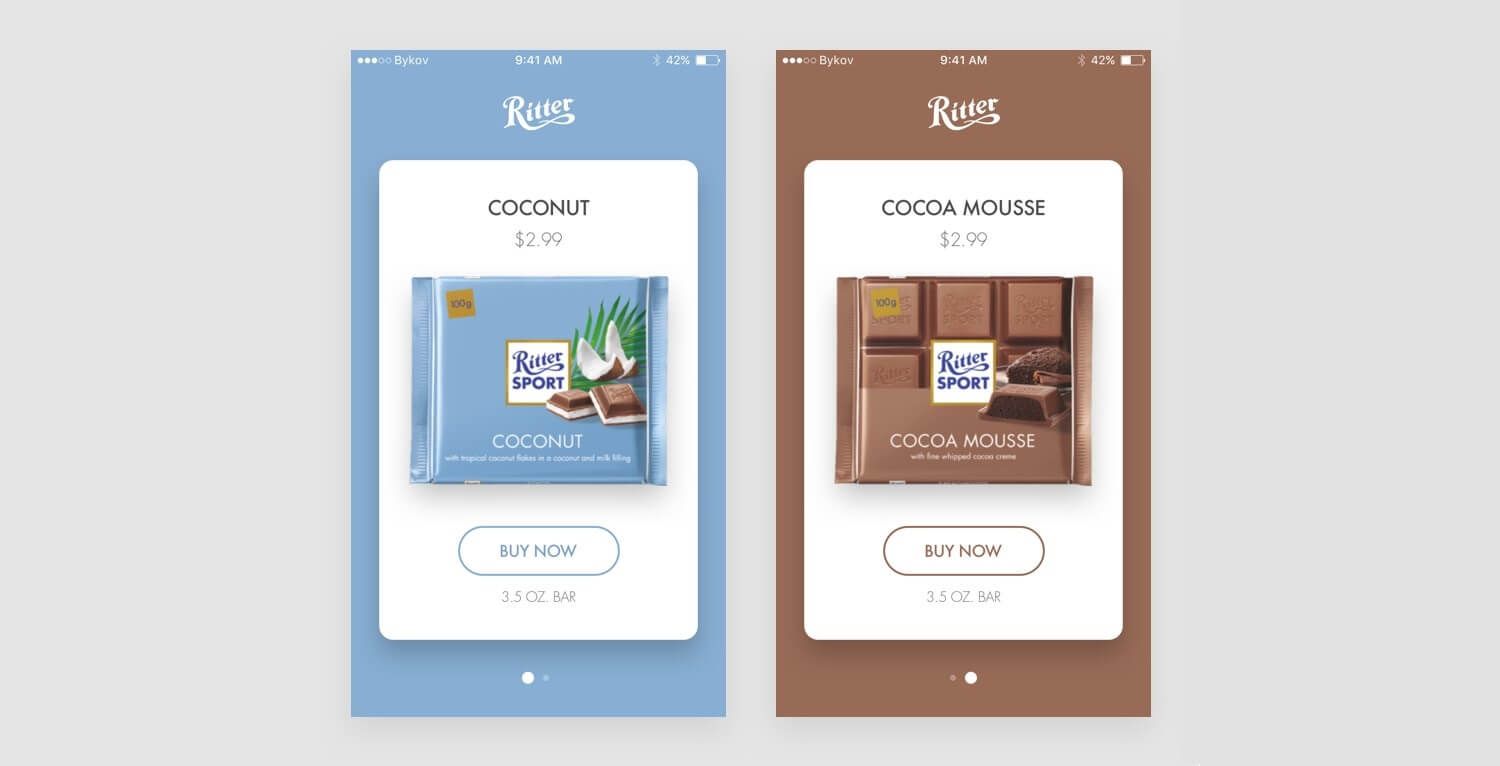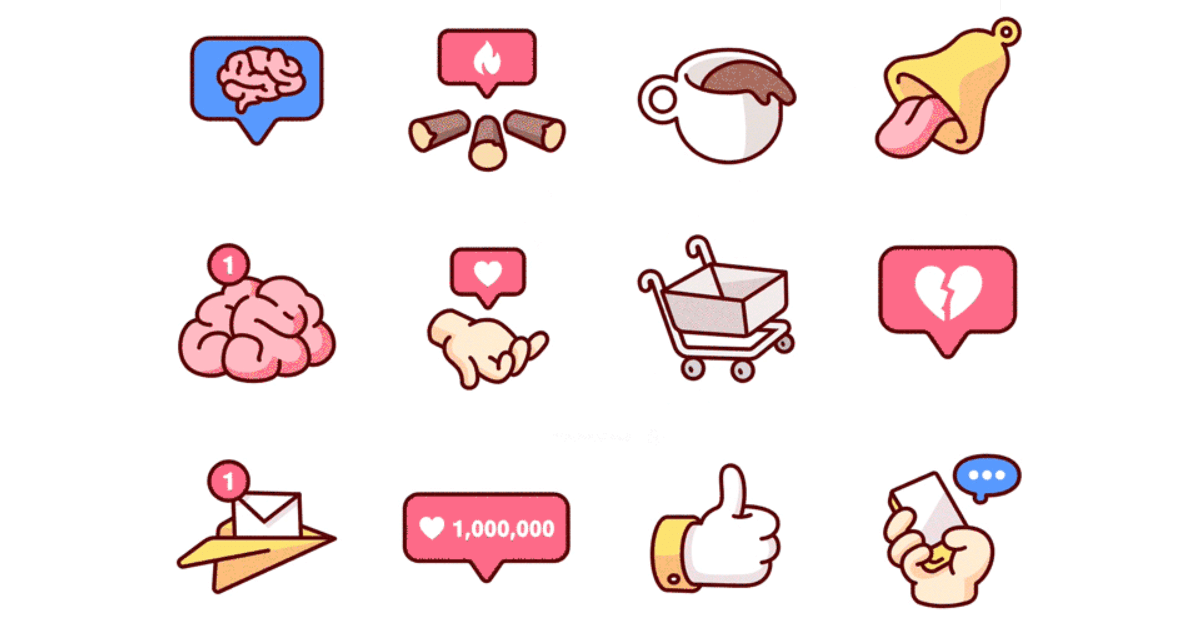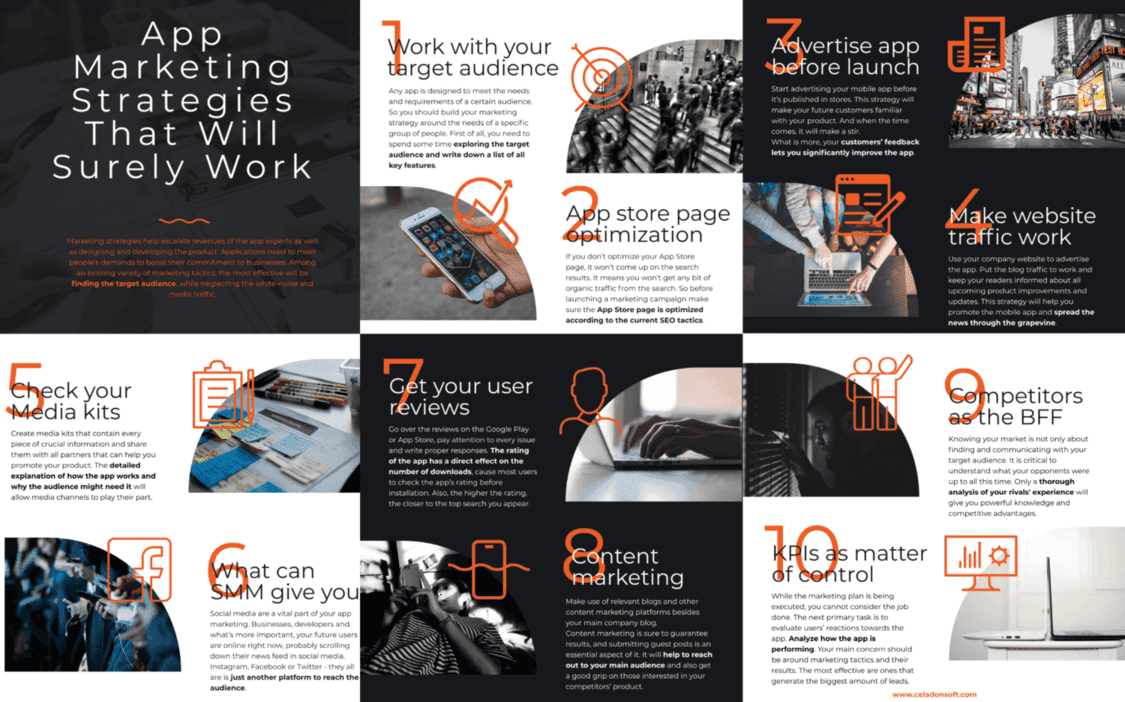How You Can Make Money on a Dating App (With Live Examples)

Developing a dating app can be a profitable investment. Whilst it is impossible to calculate “love” in plain numbers, there is lots of data out there that shows the need for dating apps in today’s market.
- By 2022, online dating market revenue will grow from $1,225m in 2016 to $1,610m.
- The industry is growing somewhere around 5% every year and decay is not even close.
- More than 80% of dating apps’ users marked their experience as good.
Dating app development has a huge monetization potential. In 2019, the average user was spending around 1.5 hours a day using dating apps.
Celadon has up-to-date experience developing successful dating apps both for iOS and Android, which we are going to share with you so you can learn how to develop a high quality and profitable product.

There are 3 main mobile app monetization strategies for any dating app:
#1. Paid subscription or Premium plans
This is a common method in which users pay to use an app for a certain period of time or pay a fee to unlock some additional features.
Users can pay for premium features for a month, two, half a year, and so on. This monetization strategy for apps works best when your app is already popular and has a lot of active users. It would, however, be wise to offer different plans and different time periods, to provide users with a choice of how much they want to and can afford to pay.
The fee can be paid regularly (e.g., once a month) or paid once (e.g., yearly subscription). Discounts can be included within this strategy in the case that the user chooses a one-time payment over a long time (e.g. £10 a month or £110 a year). Instead, you could offer a one-time fee, allowing users to enjoy all premium features.
Most dating apps are free or claim to be so. Freemium is when a paying user will have access to a set of additional features and advanced functionality. It increases the users’ loyalty and helps to spread the product. Other ways to monetize your app using this model include virtual gifts or increasing the radius of a partner.

Let’s have a closer look at some of the most common examples.
- One way to make users pay for additional features is to block them in a free version. The best example is of this is Tinder. They made a crucial, unique feature, which can only be enjoyed by premium users. For example, being able to swipe back to the person you have already swiped. Two things are needed to make this monetization strategy for apps work: brand recognition and users’ loyalty to the app – both these were ensured before TinderPlus was introduced.
- Another way to do this is to add “extended” features. These do the same as restricted access, but where users are paying for extra functionality. Let’s look at Bumble. Free users have a 24-hour time gap to start the contact. If they don’t start it, the match is lost. If a user gets Premium, they can extend the match and see more matches in this 24-hour time period. On Tinder, users pay for unlimited swipes, Super Likes, location shift, boost, and so on. Tinder is unique because they offer additional functionality to premium users without limiting free ones too much, so anyone can have a good dating experience.
#2. Advertising: apps get money by selling space for ads to third-party businesses
Another way to make money is to use Ads. These ads pop up on the app when it is being used and money is made when a user views or clicks on these adverts.
Have a look at Grindr. Revenue comes from ads and Grindr Xtra itself. It’s paid version allows users to see more matches and to choose from.
The issue with using adverts is that this method is intrusive and if you depend on ads only, there is a huge risk that your users will leave. This is an issue because apps such as Tinder and Bumble do not use ads at all.

Ads banners in an app. Source: dribbble.com
Having adverts in your apps is a good way of making money and it does work when you have a lot of non-VIP users. If the functionality of the app is respected, native adverts are the best option for a dating app. This is utilised by Tinder – the ads do not interrupt users’ experiences, and they do not annoy them. Whilst adverts do work, they are expensive – costing up to $5000.
Ads formats to use in your dating app:
- Banners. This is a simple format, allowing you to place static or dynamic ads on the banner of your app. For this format to be successful, you must have high-quality graphics and a CTA rate.
- Interstitial ads. This is similar to banners, but instead, they use the whole screen. This format successfully avoids so-called ‘banner blindness’, meaning users do not pay attention when they see banners. This is when users get used to different ads that they do not register the advert as being important. Using full-screen interstitial ads also allows for videos, however, this method can also disrupt the users’ experience. Therefore, these adverts should be placed in pauses, such as when loading a screen or between levels.
- Native ads. These should match the users’ experience and ensure not to irritate them. One of the best examples is an ad for online retailer Very, who designed the ad to fit perfectly within a selection of the user-created content on Pinterest.
- Video ads. These are popular because they reach the highest CTR and are extremely engaging. According to eMarketer, U.S. mobile video ad spending can reach $24.81 billion in two years. This is a simple method because users’ time watching the ads increases, slowly but steadily.
- Rewarded video ads. This format rewards the user when they finish the video without skipping. Unity Ads called this format the “hottest revenue generator” of our time. A study conducted by OpenX shows almost 80% of the users would watch the video to the end if they were being rewarded afterward with a discount.
- Playable ads. These ads, as it is clear from the name, engage users in a certain sort of gameplay. Before sending a CTA, users are provided with a limited look at the advertiser’s app. It helps to reduce uninstall rates simply because the users already know if the app is good or not.
#3. In-app purchases: coins, icons, likes, smileys, etc.
Offering users the chance to buy additional points or functions in-app is a good way to monetize and if you are developing a free app, in-app purchases are a simple and easy way to monetize, whilst also enhancing user experience. In most cases, these purchases are virtual gifts to be sent to dates or profile boosts, making a profile page more attractive.

Source: behance.com
One important point to consider before investing into in-app purchases is the way they will enhance user experience. In-app purchases help to reduce churn as users get additional benefits. It is worth spending some time to find a balance between in-app purchases with additional benefits and a free app with a great user experience.
By the way, If you are going to integrate in-app purchases, the Celadon developers team advises using StoreKit framework for iOS and In-app Billing API for Android.
TOP-3 simple ways to optimize in-app purchases installing:
- Pre-planning: spend some time planning your in-app purchase model beforehand. This will save you resources further along the line. If you have a roadmap at the stage of development, this allows you to think ahead and plan for the milestones needed to successfully monetize your app.
- Branding: consider the name of your app because a catchy name will make your monetization model more engaging. This includes developing creative copy – included in a professional, engaging way will make your app more successful.
- Bundle offers: people are more eager to buy if they see a discount, letting your users buy more at a cheaper price. Some might even spend more on a better deal, boosting your ROI up high.
There are also apps, offering some branded offline goods like flowers, sweets, greeting cards, and so on. They can be very profitable on special occasions, like Women’s Day and Saint Valentine’s Day when users are more likely to buy them.
Another option to make your app more engaging is to offer third party services like booking or taxi service, so the users can plan a date without leaving the app. This is great for all – the app gets some additional income and the users save time planning.
Another option to consider is offline events to make money – by hosting dating events or sending event tickets right in the app.
To achieve success, use different monetization methods
The overall strategy should include more than one way of monetization. Thus you can ensure revenue generation without disrupting the user experience. Therefore, the more techniques and methods you use, the better for the app’s income, and the better the experience are for your users. For example, you can run ads and at the same time offer users the ability to pay to get rid of the ads while using the app. This is one of the best and most widely used examples of combining two monetization methods in one app.
“Underwater rocks” to keep in mind
- To be profitable, your app should always be gaining new customers.
- Keep a balance between male and female users. Remember that in most cases, 1/3 of all users are women.
- People often use a couple of dating apps at the same time, not being 100% loyal to a single one. So keeping your current users engaged is as important as gaining new users.
- Even if you have created a successful and stable product, you will still lose people over time.This is because people will find matches over time, meaning they will leave the app.
How to increase engagement metrics in a dating app
As mentioned above – to make money, your dating app should gain new users as well as retaining old ones. In order to do this, you should ensure your app is engaging and stands out in the market. You must therefore develop a marketing strategy. We have created a simple step-by-step guide so you can not only attract customers, but improve KPI metrics as well.

The KPIs & metrics to maximize your dating app revenue
One point that is essential for the success of your marketing strategy is KPI defining. If you have correct metrics at each point of the user’s journey, you can analyze the data and define the milestones and brick walls, preventing your users from spending more in the app. In other words, you get an opportunity to work with real time data and see the users’ intents, allowing you to optimize the app’s performance.
Three essential metrics for any dating app are: Cost per Acquisition (CPA), Lifetime Value (LTV), and Abandonment Rate. Let’s have a detailed look at all of them to make it clear why they are that important.
Cost per Acquisition (CPA)
These metrics show how much a new user is active and paying user costs. As a rule here the marketers include the ads cost, tech costs (hosting and so on), the amount you spent on development itself and on creating text content users see. These costs seem to be not that obvious, but they are important for finding out how much a user really costs. This metrics can serve as an indicator of what parts of your marketing strategy to make a priority.
Total Cost of Campaign / Number of Acquisitions = Cost per Acquisition
Abandonment Rate
This metric is the ratio of all transactions, taking place in the app versus abandoned ones. Among the most common reasons why users abandon transactions are poor performance, extended load time and bad user experience. Abandonment rate serves to help you define the gaps and fill them, to make users complete as many transactions as possible without abandoning the app. This strategy will help you to improve the performance of your app.
Lifetime Value (LTV)
This is the revenue you get from the customer during his lifetime. These metrics allow you to check the value of each segment of your target audience and make a decision on how much to spend, attracting new users. Don’t forget about churn rate and the metrics, mentioned above.
To put it simply: LTV must always be higher than the customer acquisition cost.
LTV has another purpose. Having all the data in hand means you can calculate the potential income in the near future. Lifetime value is metric and easy to increase. You should follow the users’ requests, fulfilling their demands by according to the feedback they give. Experienced Customer Support is another point which makes an app more attractive.
Celadon recommendations
- Target the part of your audience which slowly grows organically, without any additional marketing tricks. As a rule, they are female users. If you make your app friendly to this ‘difficult to attract’ category, you will end up getting more users, as well as trying to please the demanding ones.
- Focus on a certain region. The reason is simple – focusing on an entire country is too huge to manage.You could try targeting a city with a lot of students first, to see if this attracts new users.
- Do not compete with the giants, it is almost pointless. Focus on niche experience and make this experience the best, so people tired of well-known apps will eagerly try yours.
- Forget about fake profiles. It decreases the trust of the app and after seeing two fake profiles, a user will most likely abandon the app. A huge database is not the most important part. Good user experience is.
- Use all the power of social media and start the campaign before the release. This means potential users will know about the app as soon as it is launched. Offer special features or pros for early followers. Most likely they will be the core of your customers and play a part in increasing the app’s popularity.
- Paid downloads never work.
- Freemium model is the king. An app with free basic functionality and possibility for the users to pay for additional features works perfectly for most apps. Just remember to try to keep a good balance.
- Don’t make ads too intrusive, try native ones. It is fine to add them, but once again remember you need a good balance.